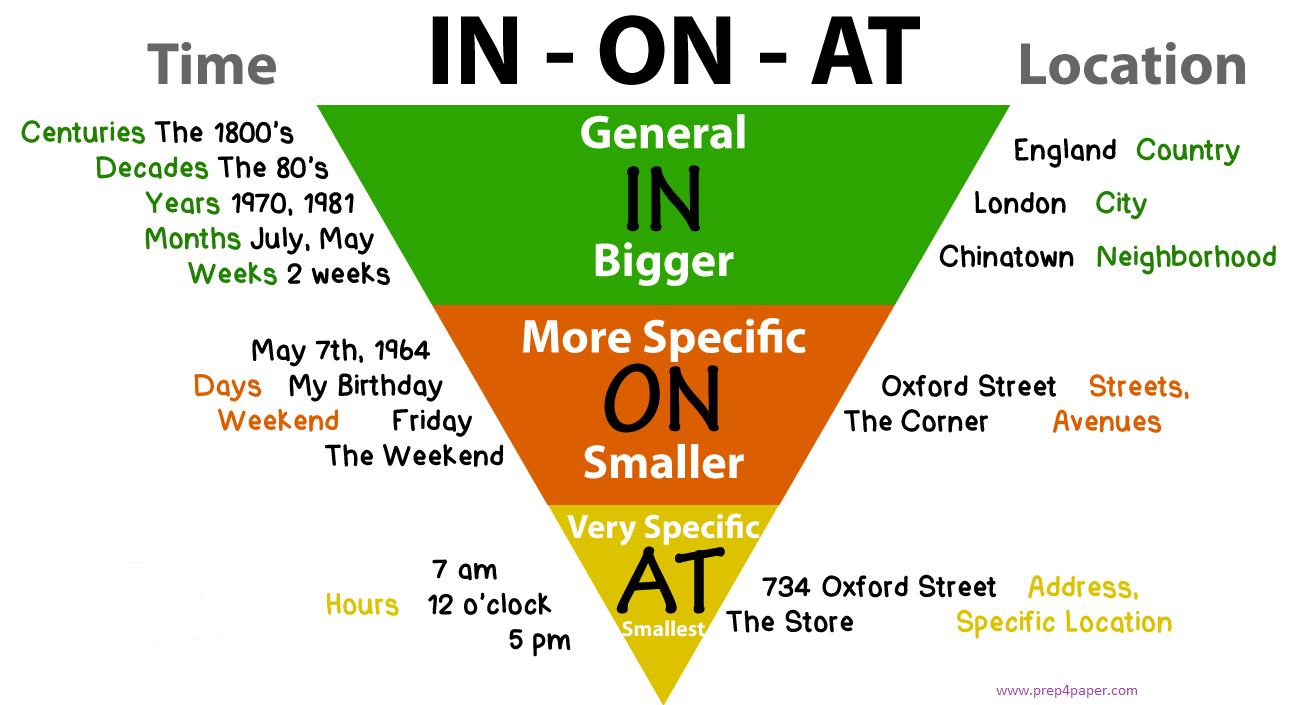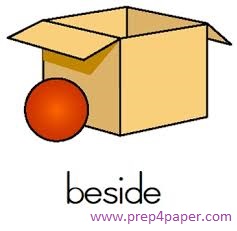Grammar for Beginners
Rules for usage of Prepositions
|
1. 'In' is used with the name of countries and large cities; 'At' is used when speaking of local places and
small cities.
Examples:
They live at Andheri in Mumbai.
2. 'In' and 'At' are used in speaking of things at rest, 'to' and 'into' are used in speaking of things in motion.
Examples:
He is in bed. He is at the top of his class.
He ran to school. He jumped into the river.
The snake crawled into its hole.

3. 'On' is often used for things at rest; 'upon' is used for things in motion.
Examples:
He sat on the table. The cat jumped upon the table.
4. 'Till' is used for time and 'to' for place.
Examples:
I slept till eight o'clock. He walked to the end of the street.
5. 'With' denotes the instrument and 'by' the agent.
Examples:
He was killed with a knife. He was killed by the police.
6. 'Since' is used before a noun of phrase denothing some point of time, and is prceeded by a verb in the
perfect tense whereas 'from' is used with the non perfect tense. For is used with a period of time.
Examples:
I have eaten nothing since yesterday. He has been ill since last Monday.
I commenced work from 1st January. He will join college from tomorrow.
He has been ill for five days. He lived in Bombay for ten years.
7. 'In' is used before a noun denoting a period of time means 'at the end of'; within means 'before
the end of'.
Examples:
I shall return in an hour. I shall return within an hour.
8. 'Beside' means 'at the side of', while 'besides' means 'in addition to'.
Examples:
Beside the ungathered rice he lay. Besides being fined, he was also jailed.

|